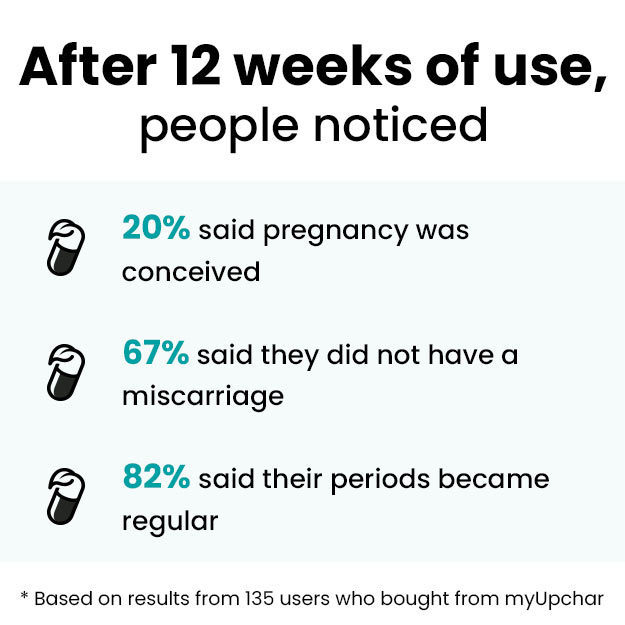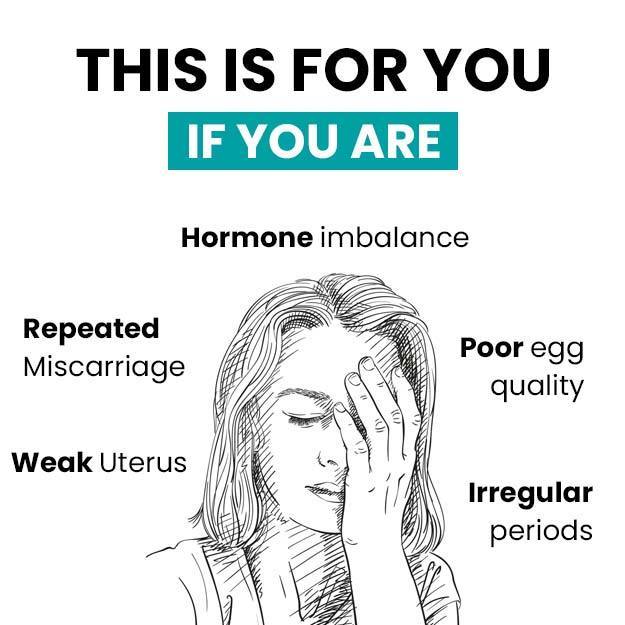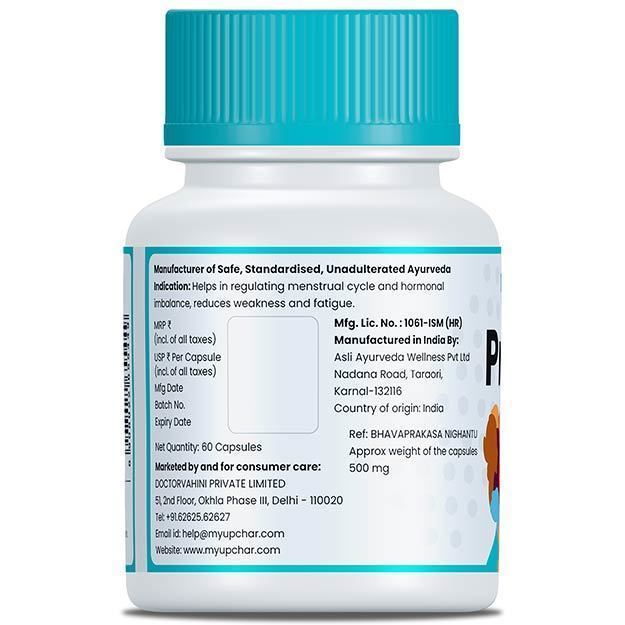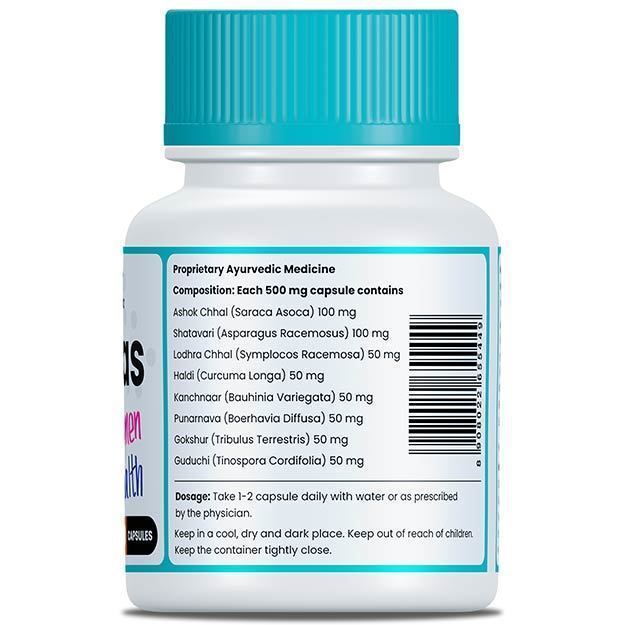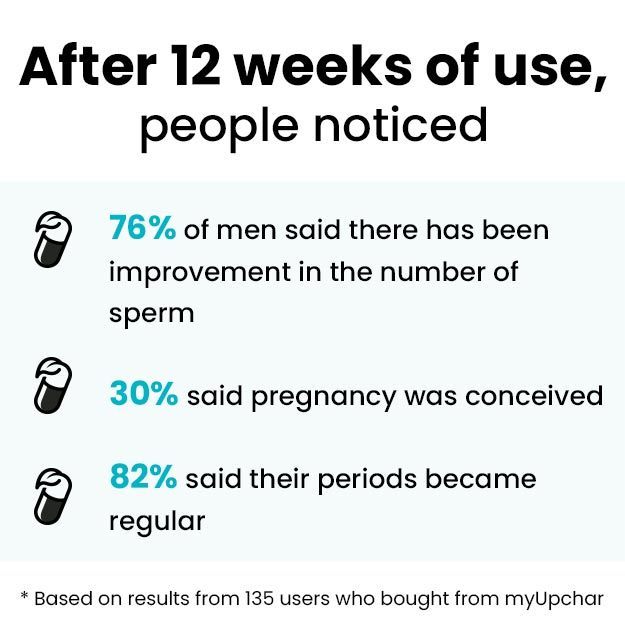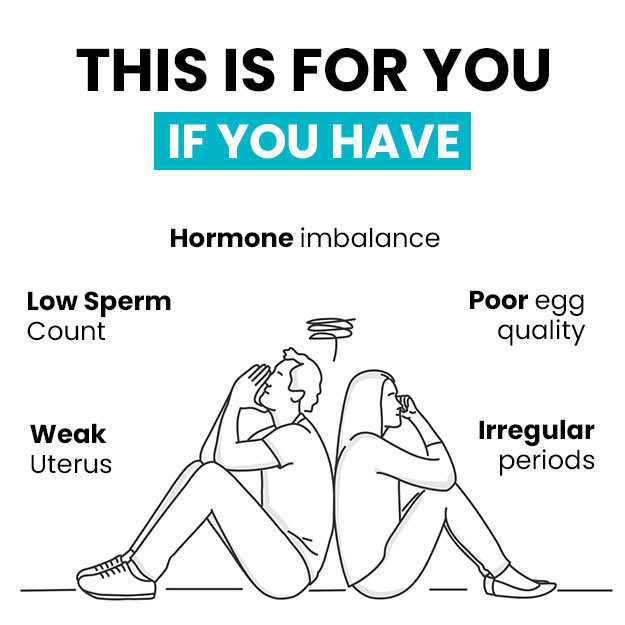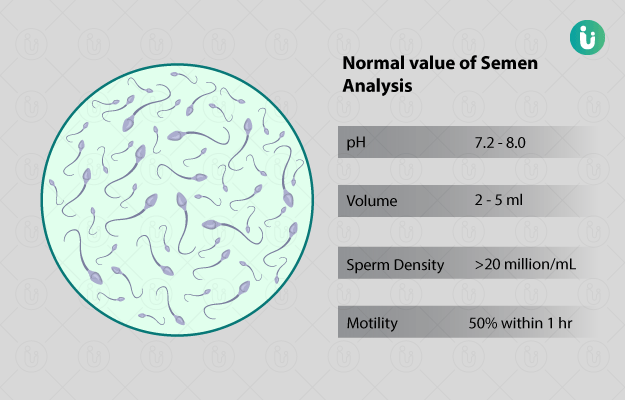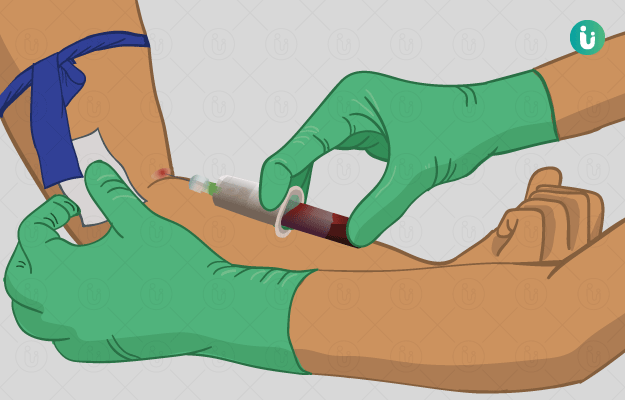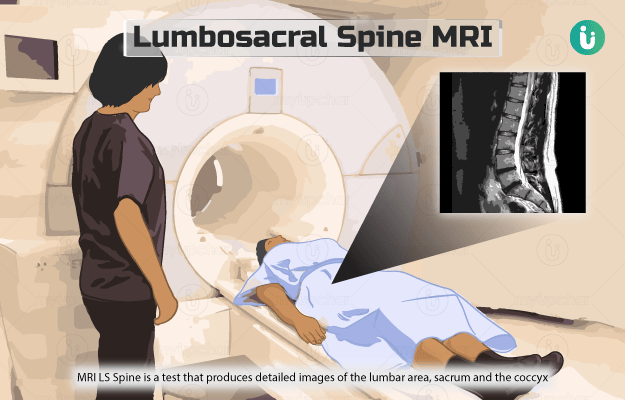What is Quad Marker Screen?
A Quad marker screen is a blood test that is done between the 15th and 20th week of pregnancy.
The test looks for four substances in the woman’s body:
- Inhibin A: A protein made by ovaries and placenta. It helps maintain the menstrual cycle and also has a role in foetal development.
- Human chorionic gonadotropin (hCG): A hormone produced within the placenta. It helps to maintain pregnancy.
- Alpha-foetoprotein (AFP): A protein produced by the foetus. The levels of this protein increase through the second trimester.
- Oestriol (E3): An oestrogen produced by both the foetus and the placenta. The levels of this hormone are used to determine if there is a risk of complications in pregnancy.
Along with the results of blood test, doctors consider other factors, such as ethnicity and age of the woman to determine.
The screening is done to detect the following conditions:
- Development problems in the spinal cord, brain and other neural tissues of the central nervous system (neural tube) of the foetus. The neural tube defects can occur in one to two per 1000 births, and the quad marker screening can detect about 75% of open neural tube defects.
- Genetic disorders like Down syndrome - which is seen in about one in every 720 births. The quad marker screening can detect about 75% of these cases in women aged below 35 years and 85%-90% cases in women aged above 35 years.
A quad marker test is not used for diagnosis, but it gives an estimate of the chances of birth defects in the baby.







